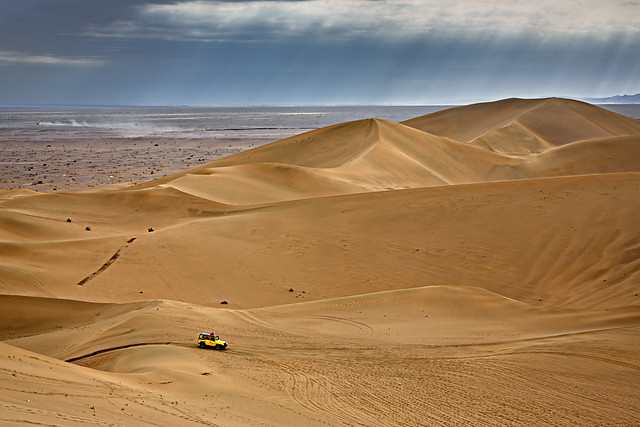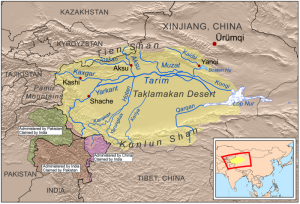October 1, 2019 marked exactly 70 years since the late Mao Zedong stood atop the gate at Beijing’s Tiananmen Square and declared that the Chinese people had stood up, and henceforth China would be the People’s Republic of China.
The 70 year period was not without its challenges including armed clashed with three other world powers, the US, India and Russia and the growing, flowering, decline and growing again of one of the world’s biggest economies. Add to this the tumult brought about by the Great Proletarian Cultural Revolution which was aimed at revitalizing the revolution and keeping ideology pure, but which resulted in the death of countless citizens and the doling out of large doses of misery to millions of others.
With Reform and Opening up in the early 1980s the pent up energy of the Chinese people was released and the world saw a real miracle as so many in the new China were lifted out of poverty as the economy showed almost unstoppable growth. China rose to be the #2 economy in the world defying all odds.
While economic growth has slowed, China is now set on a course to become a “moderately prosperous society” by the middle of this century. This vision, combined with the establishment of the Belt and Road initiative to revitalize the Silk Road are both visions of China’s future set forth by its president, Xi Jinping.
China is not without its problems going forward however. The ongoing trade war with the United States is one major headache. The Uighur minority in Xinjiang is another matter that must be addressed with wisdom and fairness. And now Hong Kong seems a problem with no easy solution that must be addressed in a creative way to ensure democracy and guarantee the rule of law. China’s claim to the South China Sea and its relations with Taiwan are also thorny issues going forward.
So what will the future be for China? A “moderately prosperous” society for the majority of its people as President Xi Jinping suggests, Or a rethinking of the China Dream in light of 21st century realities?
Please log in and give us your thoughts on this.
 日本語
日本語 English
English 中国語
中国語

